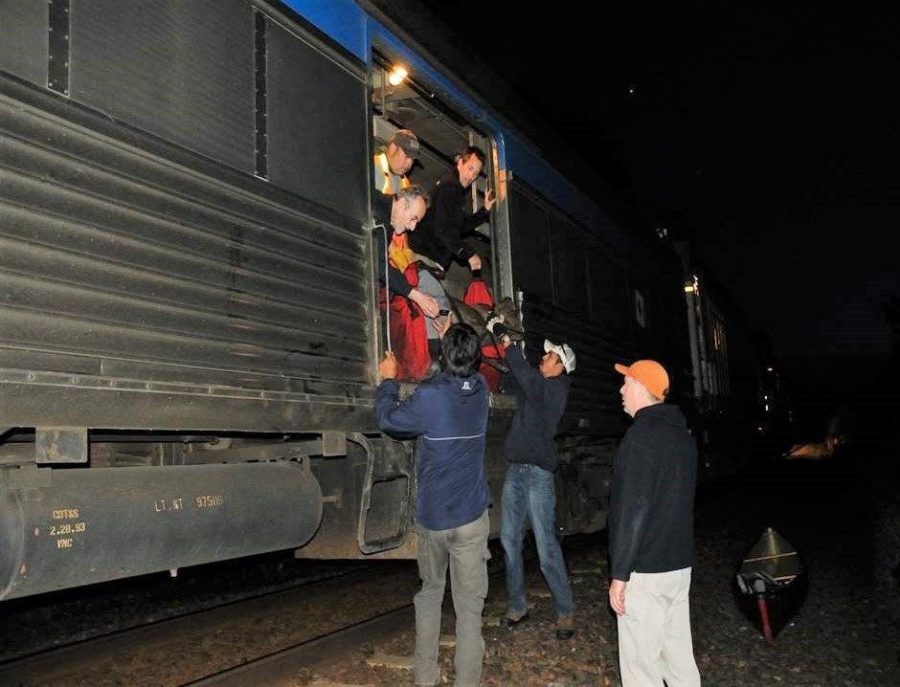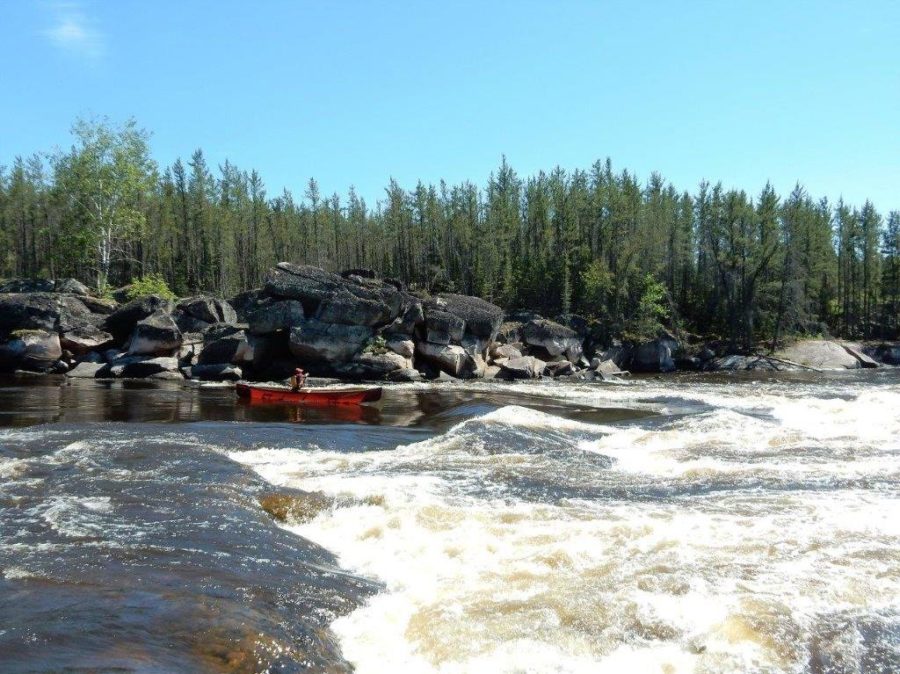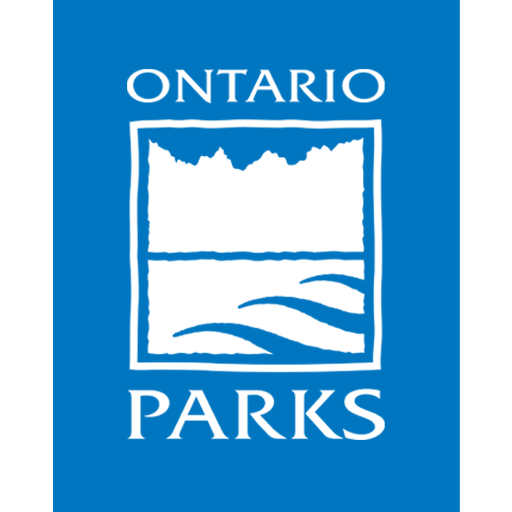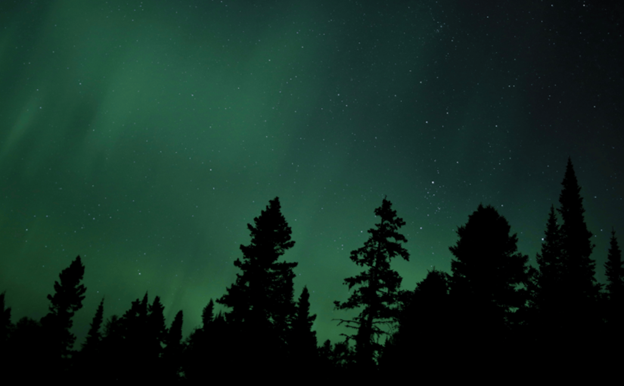Today’s post comes from Barb Rees, Natural Heritage Education/Marketing Specialist with Ontario Parks.
Your challenge, should you choose to accept it, is to paddle and camp for a minimum of three consecutive nights in each of Quetico, Wabakimi and Woodland Caribou Provincial Parks by October 15, 2019.
Why? Read on. We list the top ten reasons why you can’t miss out on the Northwest Wilderness Quest.
10. Remote, yet accessible
While these three parks are located in the true northwestern Ontario wilderness, each park is serviced by nearby communities and outfitters. Even fully catered, guided trips can be arranged, if that’s to your liking.

Not only can you access these wilderness parks by highways and backcountry roads, but some of them also offer non-traditional access methods as well.

For instance, have you ever considered starting your canoe trip with a train ride? At Wabakimi Provincial Park, it’s possible to make arrangements to access the southern edge of the park with Via Rail Canada.

Or maybe consider starting or ending your trip to Woodland Caribou Provincial Park with a chartered flight to or from the lake of your choice.

Quetico’s waters are just across the international border between Canada and the USA, offering a seamless paddling trip for Americans (practically from your own backyard), using a Remote Area Border Crossing permit.
9. Similar, yet different
Although each of these parks have similarities and an almost endless choice of lakes and rivers to explore, they have their own personalities too.

Quetico is an internationally renowned and long-time favourite wilderness park for canoeists. Many families share their passion for paddling in Quetico by passing the tradition down through the generations to their children and grandchildren.

Camping under the soaring pines and midnight stars at Quetico may just be a paddler’s quintessential camping experience.

Wabakimi is a place to challenge yourself. There are calm waters, rushing rapids and big waterfalls. And although the connecting portages can be challenging, they are definitely worth the effort.

Wabakimi offers the full package of emotional adventure: preparation, anticipation, admiration, adversity, and, ultimately, celebration! Once you’ve spent some time in Wabakimi, you’ll fall in love with the pristine and wild landscape.
The prairie influences on Woodland Caribou’s climate result in drier, warmer weather, conducive to a longer paddling season and, yes, fewer bugs. And who doesn’t want fewer bugs? Its naturally fire-driven landscape is constantly in various stages of renewal.

8. Prizes and bragging rights
Granted, these incentives may not be everyone’s top motivation to go backcountry paddling, but there’s something about telling friends and family about your amazing paddling adventures in these spectacular wilderness parks (and the stories that unfold along the way) that can be priceless.

Did we mention that if you register your trip legs as you go, you can qualify for early bird prizes? Plus, when you complete the full Northwest Quest requirement (with all your trips registered), you can become eligible to win some cool grand prizes!

Wouldn’t winning a brand new Souris River Kevlar canoe or hand-crafted XY Company paddle be a great way your wrap up your Northwest Wilderness Quest? *Positive head nod.*
7. Challenge and adventure
This should be obvious. When you visit our prestigious, backcountry wilderness paddling parks, the opportunity for adventure is right in front of you and around every corner.

From endless paddling route options, portages and campsites, to wildlife sightings, fishing tales, pictographs, and white water challenges, the potential for adventure is limitless. And it is completely up to you to define what best fits your travel and paddling style.
6. Solitude
On the flip side, these remote parks offer amazing opportunities for solitude. Depending on the park route you select, there is potential to paddle for days and not see another soul (other than your travel partner, of course).

So why not take the time to disconnect from your everyday life. Slow and relax. Jot down some journal notes and make some sketches in your travel log. Reflect and compare your backcountry experiences in each park.

Think back on the forest types you’ve travelled through: the topography and terrain of the Canadian Shield, the waterways, the wildlife sightings and the scenic views you’ve seen and captured in photographs.

These parks can be quite enticing for confident and experienced paddlers wanting to challenge themselves and spend time paddling and camping solo.
5. Wildlife and nature
With wilderness comes nature. Woodland Caribou’s park motto may say it best: “Where nature still rules.” Keep in mind: you are a visitor to these treasured landscapes.

And if you tread lightly and quietly, you may well be rewarded with outstanding displays of nature at its finest.

Whether it’s a Moose feeding along the shoreline weeds at Quetico or an elusive Woodland Caribou sighting at Wabakimi or Woodland Caribou, nature abounds.

Just picture yourself relaxing on the shoreline or gently dipping your paddle along your route when the sounds of the local loons engulf you. Perfect.
4. Fishing
There’s a general thought that the further you venture northward into less populated and undeveloped areas, the more pristine the fishing will be. Let’s just say that these three wilderness parks definitely support that idea.

If you enjoy cooking over an open fire, nothing sounds better than the sizzle of the campfire and the taste of some fresh caught Walleye at the end of a long day’s paddle.

Casting a line is truly an essential part of a complete backcountry canoeing experience in these parks.
3. A cultural landscape
Each of these three wilderness parks offer a rich, cultural landscape of Indigenous community and history, and the stories of voyagers and early settlers right through to modern day travellers and adventurers.

Their waterways weave through the heart of the rugged Ontario landscape and the bedrock of the Canadian Shield. They allow you to immerse yourself in areas of cultural significance, allowing you to paddle historic canoe routes while revealing glimpses into the past. Each park also offers the opportunity to learn and develop a deeper understanding and appreciation of our First Nation communities.

Quetico and Woodland Caribou Provincial Parks both have waterway sections designated as part of the Canadian Heritage River System. You can choose to travel along the celebrated route of the Boundary Waters/Voyageur Waterway (which mirrors the Canada – USA border) or try the Bloodvein River from Red Lake, (which travels through Ontario to Winnipeg, Manitoba). Or simply chart your own path as you explore each park.

And have you heard? Pimachiowin Aki, located on the Ontario-Manitoba border (and including Woodland Caribou Provincial Park) has just recently been designated as a UNESCO World Heritage Site! This partnership includes the local First Nation communities and government organizations, as well as parks and protected areas on both sides of the border. It’s the first cultural and natural World Heritage Site, designated right here in Canada’s northern boreal forest.
2. Family and friends
This is your time. Take the opportunity to spend time with your family and friends, doing what you love.

Reconnect with each other and share the wonders of these wilderness parks and your travels together. Need we say more?
1. These are your dream trips
This is your thing! You just love getting out there, paddling and looking for adventure in Ontario’s wilderness.

If you want to explore northwestern Ontario, Quetico, Wabakimi and Woodland Caribou Provincial Parks are your dream wilderness paddling trips. There’s no better time to strike them off your bucket list!
How long have you been looking at those canoe route maps? Pack them up and hit the road. Live your dream and get out paddling in one of these three Northwest Wilderness Quest parks this season!
Become a Northwest Quester today!



